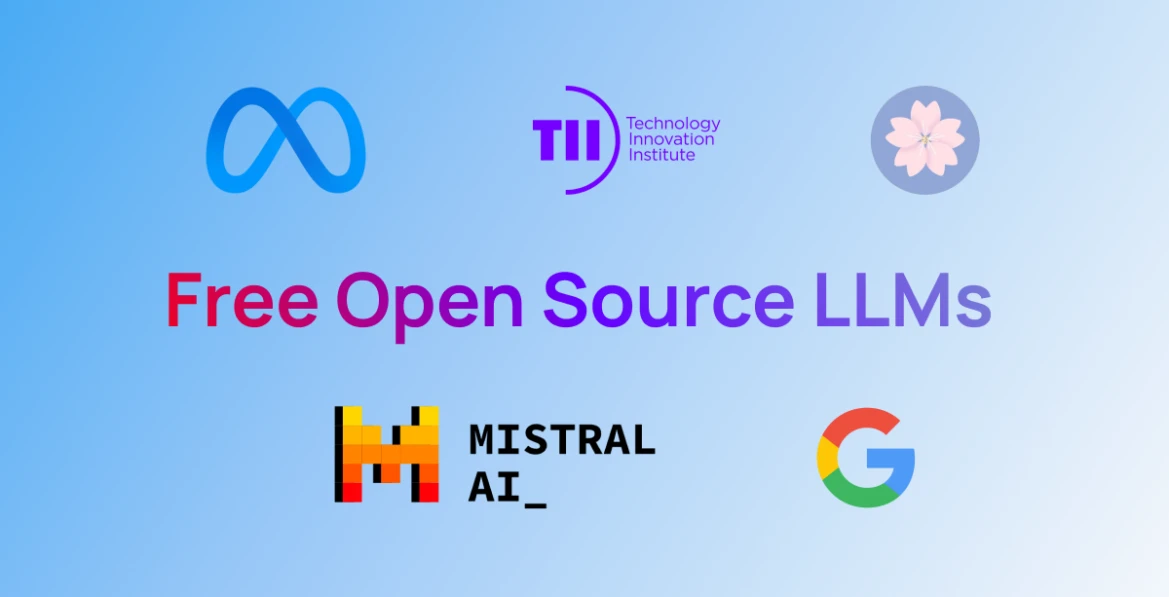2025-05-02
Deep Learning
Large Language Model 2025
Introduction
In our ever-evolving world of AI, the ability to retrieve information is foundational. Large Language Models (LLMs) have become central to this evolution, powering applications from virtual assistants to complex decision-making systems. As of 2025, LLMs have advanced significantly, offering enhanced capabilities and broader accessibility.

Current Landscape
Leading Models
Several LLMs have emerged as leaders in 2025:
- GPT-4.1: OpenAI's flagship model, released in April 2025, features a 1 million token context window and improved instruction-following capabilities. It excels in coding tasks and supports tool integration. (Wikipedia)
- Llama 4: Meta's latest open-weight model, released in April 2025, emphasizes flexibility and cost-effectiveness. Despite high expectations, its debut at LlamaCon 2025 was met with mixed reactions due to a lack of groundbreaking features. (Business Insider, Financial Times)
- Gemini 2.5: Google DeepMind's multimodal model, launched in March 2025, integrates reasoning capabilities and supports image and audio generation. (Wikipedia)
- Claude 3.7: Anthropic's model focuses on safety and alignment, offering robust performance in various NLP tasks.
- DeepSeek R1: A Chinese open-source model that has seen rapid adoption across sectors in China, including healthcare and public services, due to its low cost and government backing. (Financial Times)
Trends and Innovations
- Open-Source Movement: There's a growing preference for open-weight models like Llama and DeepSeek, allowing developers to customize and deploy models more freely. (Financial Times, TruLata Solutions)
- Agentic LLMs: Models are evolving to become agents capable of reasoning, acting, and interacting autonomously, expanding their utility in complex tasks. (The Guardian, arXiv, WIRED)
- Decentralized Training: Startups like Flower AI are exploring distributed training methods, reducing reliance on massive data centers and democratizing AI development. (WIRED)
Applications
LLMs are being integrated into various industries:
- Consulting: Firms like McKinsey and BCG utilize proprietary chatbots and AI tools to enhance research and client services. (Business Insider)
- Cybersecurity: LLMs are both a tool and a target, with models like Llama 3-8B being used to detect and prevent AI-driven threats. (Business Insider)
- Gaming: AI is revolutionizing game development, enabling dynamic content creation and adaptive NPC behavior, though challenges remain in quality and ethical considerations. (Financial Times)
Challenges
Despite advancements, LLMs face several challenges:
- Security Risks: Issues like prompt injection and data exfiltration pose significant threats. (Business Insider, OWASP)
- Ethical Concerns: Bias, misinformation, and the opaque nature of LLM decision-making raise ethical questions. (Business Insider, AIMultiple)
- Resource Intensity: Training and deploying large models require substantial computational resources, prompting a push for more efficient alternatives.
Conclusion
As LLMs continue to evolve in 2025, they offer immense potential across various sectors. However, addressing their challenges is crucial to ensure they serve as beneficial tools in our ever-evolving AI landscape.